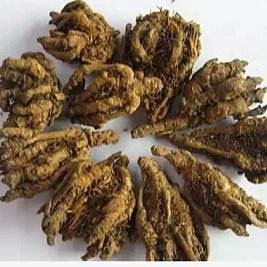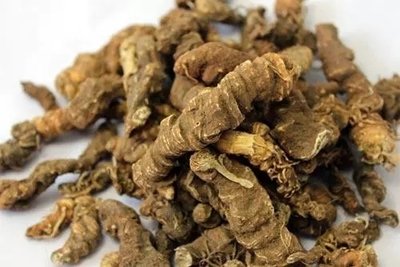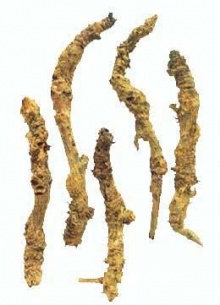
The Classification of the Rhizoma Coptidis
2023.07.14
The dried rhizoma of Coptis chinensis Franch, Coptis deltoidea C. Y. Cheng et Hsiao or Coptis teeta Wall. of the goldenseal family are respectively known as "Wei Lian", "Ya Lian" and "Yun Lian" in China.
Wei Lian:
Many branches are clustered, curved, and shaped like chicken feet, single branch length is 3 ~ 6cm, diameter 0.3 ~ 0.8cm. The surface is gray-yellow or yellow-brown, rough, with irregular nodular ridges, some of the internode surface smooth as stalks, commonly known as "bridge". It has a slight odor and a bitter taste. Mainly produced in Chongqing, Sichuan, Hubei, Guizhou, Shaanxi and other area.

Ya Lian.
Most of roots are single, slightly cylindrical, slightly curved, shaped like silkworms, 4 ~ 8cm long, 0.5 ~ 1cm in diameter, and the "bridge" is longer. The surface is yellowish brown and the odor is slight and the taste is bitter. Mainly produced in Sichuan Province, China.

Yun Lian.
Most of them are single branches, relatively small, curved hook, shaped like a scorpion tail, 1.5 ~ 8cm long, 2 ~ 4mm in diameter. The surface is yellowish-green or grayish-yellow, firm and brittle, and the cross section is deep yellow, with not obvious chrysanthemum heart texture. The odor is slight and the taste is bitter. Mainly produced in Yunnan Province, China.

Berberine is the mainly motile constituent of Coptidis. It has the function of antibacterial, antiviral and anti-gastric ulcer, and plays the role of clearing away heat and promoting Diuresis, cooling blood and clearing away toxic material. Coptidis, cortex phellodendri and Scutellaria as premix of herbal powder also have been used in the treatment of dermatitis.
To know more about Rhizoma of Coptidis, please visit at: https://www.kingherbs.com.cn/beauty/show/2353.html.











